What are Cybersecurity Threats?
Cybersecurity threats refer to potential risks or vulnerabilities that can compromise the confidentiality, integrity, and availability of computer systems, networks, and data.
Malicious actors who seek to harm people or property by taking advantage of flaws in technological systems, human nature, or organizational practices are responsible for these risks.
The prevalence of connected devices and the reliance on digital infrastructure have led to an increase in the sophistication and frequency of cyber threats.
For effective security measures and safeguards to be put in place, it is essential to have a thorough understanding of these threats, which will help to prevent cyberattacks, protect sensitive data, and maintain the availability and integrity of digital systems.
Types of Cybersecurity Threats:
Following are some of the most common 10 types of security threats:
- Malware:
Malware is a broad term that stands for “malicious software.” Any software or code that is specifically intended to compromise, harm, interfere with, or gain unauthorized access to computer systems, networks, or devices is referred to as malware.
It’s main goal is to hurt the target in some way, whether that be by stealing confidential data, causing system errors, or seizing control of the compromised system.
Viruses, worms, Trojan horses, ransomware, and spyware are examples of malicious software that can infect computers and networks and frequently take advantage of software flaws or deceive users into downloading or executing the malware.
How to mitigate:
- Use a firewall and reliable antivirus software to prevent malware, and keep them both updated.
- Be careful when opening email attachments, stay away from suspicious websites, and only download software from trusted websites.
- Back up your data frequently, use strong passwords, and keep up with the most recent malware threats and security best practices.
A kind of social engineering attack in which perpetrators pose as trustworthy companies in emails, messages, or websites in order to persuade victims to divulge private information like passwords, credit card numbers, or personal information.
Using messages that are specifically tailored for a single person or a small group of people, attackers use spear phishing, a targeted variation of phishing.
Vishing (also known as voice phishing) is the practice of tricking people into giving out sensitive information over the phone through calls or voice messages.
In order to direct users to fraudulent websites even when they type in the correct URL, pharming involves tampering with the DNS (Domain Name System) or the hosts file on a computer.
How to mitigate:
- Do not click on suspicious links or give out personal information in response to prank phone calls.
- Use two-factor authentication (2FA) whenever it is possible, and create strong, individual passwords for each account.
- Raising awareness of the risks of phishing and how to recognize and report phishing attempts among friends, family, and coworkers is a good idea.
- Denial of Service (DoS) and Distributed Denial of Service (DDoS) attacks:
In order to prevent legitimate users from accessing a computer system, network, or website, distributed denial of service (DDoS) or DoS attacks aim to overwhelm them with a massive amount of traffic or requests.
A denial-of-service (DoS) attack aims to consume all of the target’s resources, including memory, bandwidth, and processing power, to cause the target to become unresponsive or crash.
DoS attacks are usually launched from a single source, which makes them fairly simple to carry out, while DDoS attacks use a network of compromised computers, known as a botnet, to collectively flood the target with traffic or requests rather than flooding it from a single source.
How to mitigate:
- Build a strong network setup by using firewalls, load balancers, and intrusion detection systems.
- Network segmentation and traffic filtering should be used to identify potential attack routes and reduce the impact of an attack.
- By redirecting or scrubbing malicious traffic, intrusion prevention systems and specialized DDoS mitigation services can detect and mitigate attacks.
- Man-in-the-Middle (MitM) attacks:
In a man-in-the-middle attack, attackers can eavesdrop on confidential information, manipulate data, or pass themselves off as one of the parties by intercepting and changing communications between two parties, frequently without the other party’s knowledge.
An attacker uses a passive MitM attack to eavesdrop on a conversation without changing the data and can use this to access private information, like login credentials or personal information, and actively modify the data being transmitted, which may have more harmful effects.
How to mitigate:
- To encrypt data transmissions and stop hackers from intercepting and manipulating the data in transit, use secure communication protocols like SSL/TLS.
- Digital certificates must always be verified before establishing a connection. Look for reputable certificate authorities and make sure the certificates are validly signed.
- Add an extra layer of security by requiring users to provide additional authentication factors, such as a one-time password or biometric data.
- SQL injection attacks:
SQL injection is a type of current cybersecurity threat that targets web applications or websites that have holes in their database query mechanisms.
When a web application uses input fields or parameters to build database queries, a SQL injection attack involves the attacker inserting malicious SQL code into those fields or parameters.
The vulnerable application simply inserts the malicious SQL code that the attacker created directly into the database server query rather than properly validating and sanitizing the input.
An SQL injection attack seeks to alter the original database query to carry out unauthorized operations, gain access to private data, or alter, remove, or extract data from the database.
How to mitigate:
- In order to avoid malicious SQL code injection, validate and sanitize user input.
- Reduce database user privileges by following the least privilege principle.
- Maintaining software updates will allow you to patch known vulnerabilities in databases and web frameworks.
- Zero-day vulnerabilities:
A cybersecurity threat known as a “zero-day vulnerability attack” makes use of a previously unrecognized and unpatched security vulnerability in software, hardware, or an operating system.
When a threat against vulnerability is referred to as “zero-day,” it means that it becomes public knowledge on the same day as an attack, giving software vendors or developers zero days to address it and release a security patch or fix.
It is a cybersecurity threat that attackers exploit before a patch or fix is available, leaving systems open to compromise until the flaw is found and mitigated.
How to mitigate:
- Strong intrusion detection and prevention systems should be used to identify and stop potential zero-day attacks.
- Access controls and network segmentation can be used to reduce the impact of an attack.
- A timely update can help reduce the risk of exploitation, so keep up with the most recent vendor patches and security news.
- Insider threats:
A cybersecurity threat in which employees, contractors, or other authorized individuals abuse their access privileges or rights to steal data, interfere with business, or cause harm inside an organization is considered one of the biggest risks to an organization’s data, assets, and general security posture.
A malicious insider cybersecurity threat involves employees who purposefully abuse their access and privileges to commit harmful acts, while unintentional insider cybersecurity threats arise when staff members or other insiders unintentionally cause security incidents due to negligence, ignorance, or errors.
How to mitigate:
- Implementing role-based access controls (RBAC) will ensure that access privileges are restricted to those that are required for each employee’s job role.
- Set up reliable monitoring systems to identify any suspicious or unusual activity so that quick action can be taken.
- Employees should be informed about security best practices, with a focus on the value of data protection, discretion, and the potential repercussions of insider threats.
- Advanced Persistent Threats (APTs):
Advanced Persistent Threats (APTs) are highly skilled cyber terrorists or nation-state actors who frequently carry out well-targeted, sophisticated attacks.
In order to steal confidential information or cause harm, these threats of supply chain attacks involve a protracted and covert intrusion into a network.
APT attacks are not accidental; rather, they are well thought out and targeted specifically at a specific company or entity, and to identify the target’s infrastructure, weaknesses, and potential entry points, the attackers conduct extensive reconnaissance.
How to mitigate:
- To defend against different attack vectors, put in place a thorough security framework that includes firewalls, intrusion detection systems, antivirus software, and encryption.
- Set up sophisticated monitoring systems to quickly detect and react to APT activities.
- Encourage the use of secure passwords, constant email inspection, and adherence to security procedures.
- Cryptojacking:
A form of cybersecurity threat known as “cryptojacking” occurs when malicious actors mine cryptocurrencies secretly using the computing power of unwitting users.
Attackers break into computers, smartphones, servers, or other devices without authorization and use the electricity and processing power of those devices to carry out the intricate mathematical calculations necessary for cryptocurrency mining.
As a result, there may be a decline in device performance, an increase in energy usage, and a rise in electricity costs. Widespread cryptojacking attacks can also put a strain on IT systems and decrease productivity in corporate settings.
How to mitigate:
- Update operating systems, web browsers, and plugins frequently to fix any known vulnerabilities that cryptojacking scripts might exploit.
- Install browser add-ons that will thwart malicious scripts and cryptojacking attempts.
- Use effective antivirus software and endpoint protection tools to identify and stop attempts at cryptojacking.
- Social engineering:
Social engineering is a type of cybersecurity threat that relies on psychological tricks and manipulation of people rather than flaws in technology.
A cyberattack involving tricking, deceiving, or manipulating people into providing sensitive information, carrying out specific tasks, or allowing unauthorized access to systems or data.
When perpetrating these types of cyberattacks, the target is frequently manipulated into making mistakes or disclosing private information by appealing to their emotions, fear, urgency, or curiosity.
Attacks using social engineering take advantage of people’s innate desire to help others and trust others, making them a successful and popular strategy used by cybercriminals.
How to mitigate:
- Regularly conduct training sessions to inform workers about prevalent social engineering strategies like phishing emails, impersonation, and pretexting.
- Reduce the risk of unauthorized access due to social engineering attacks by implementing multi-factor authentication and strong password policies.
- Create and enforce policies that regulate the handling of sensitive data, including procedures for identity verification and information sharing.
Cybersecurity is the practice of defending computers, servers, networks, and data against online dangers like hacking, malware, and unauthorized access to maintain the privacy, availability, and integrity of data.
Never forget to check out our YouTube channel, ETHICAL EMPIRE, and keep reading our exciting blogs. Until next time, stay curious, stay secure, and keep exploring the fascinating world of cyber security. See you soon, bye!







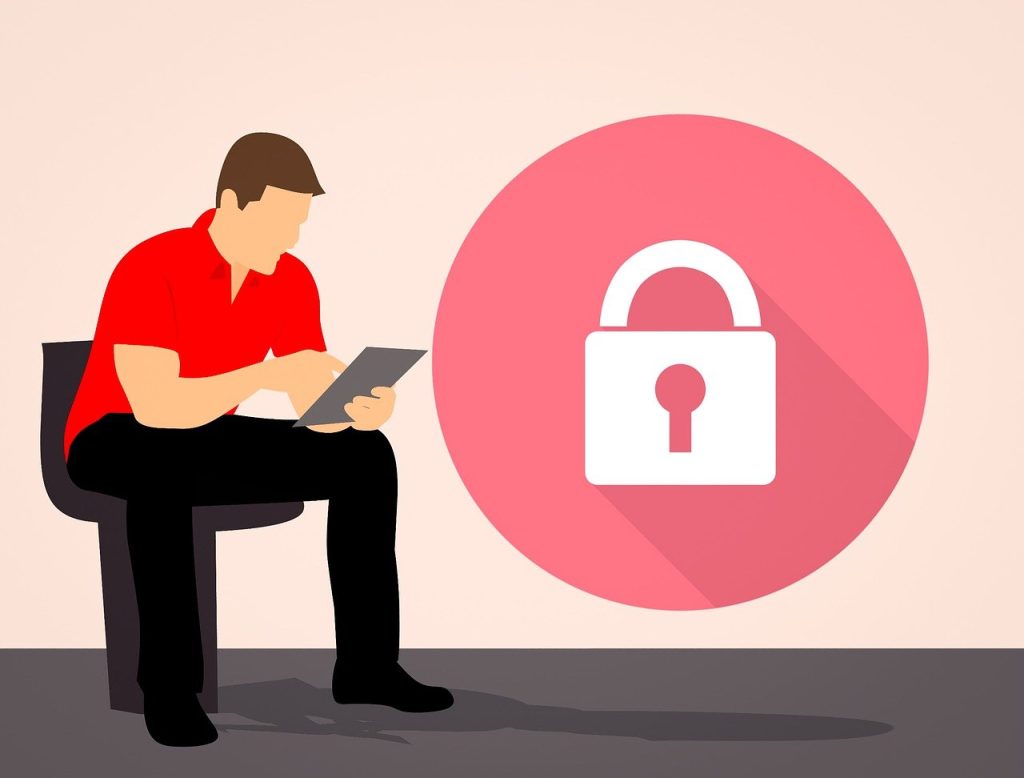


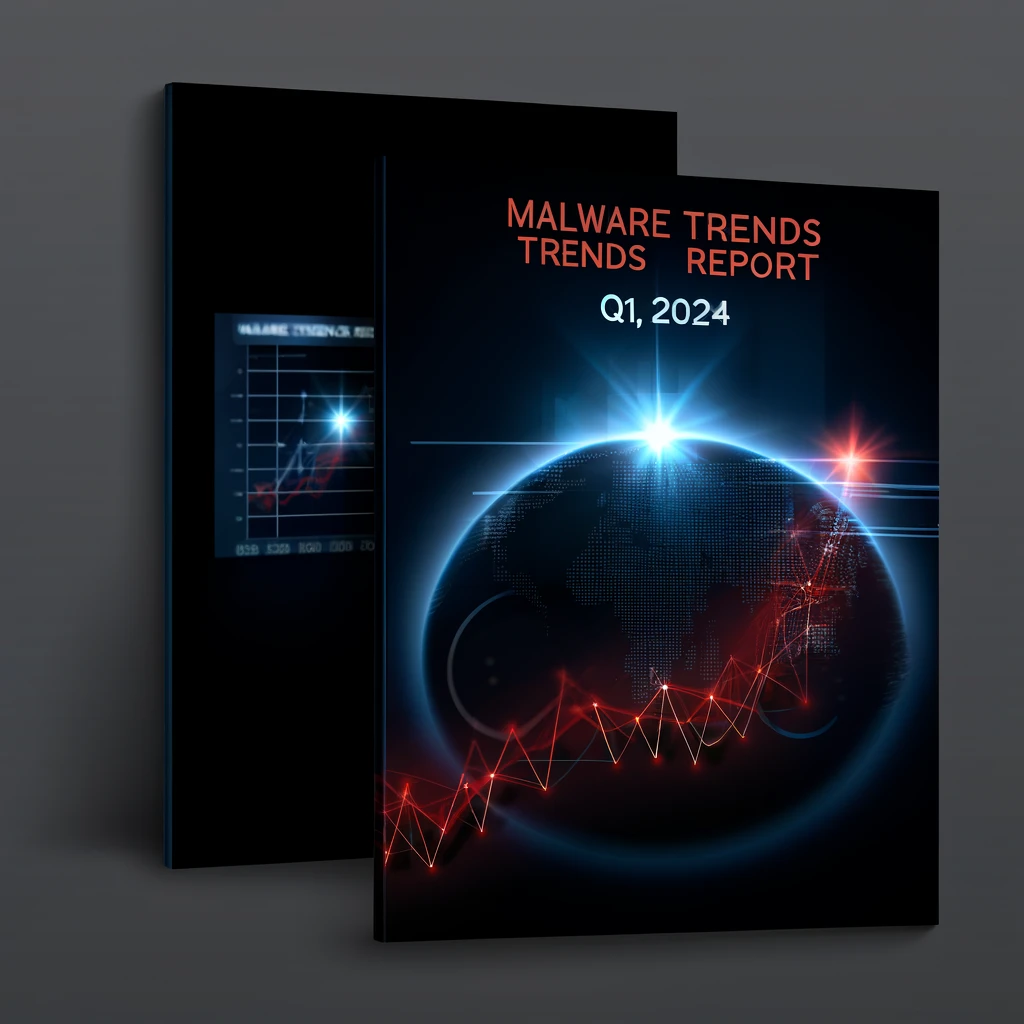
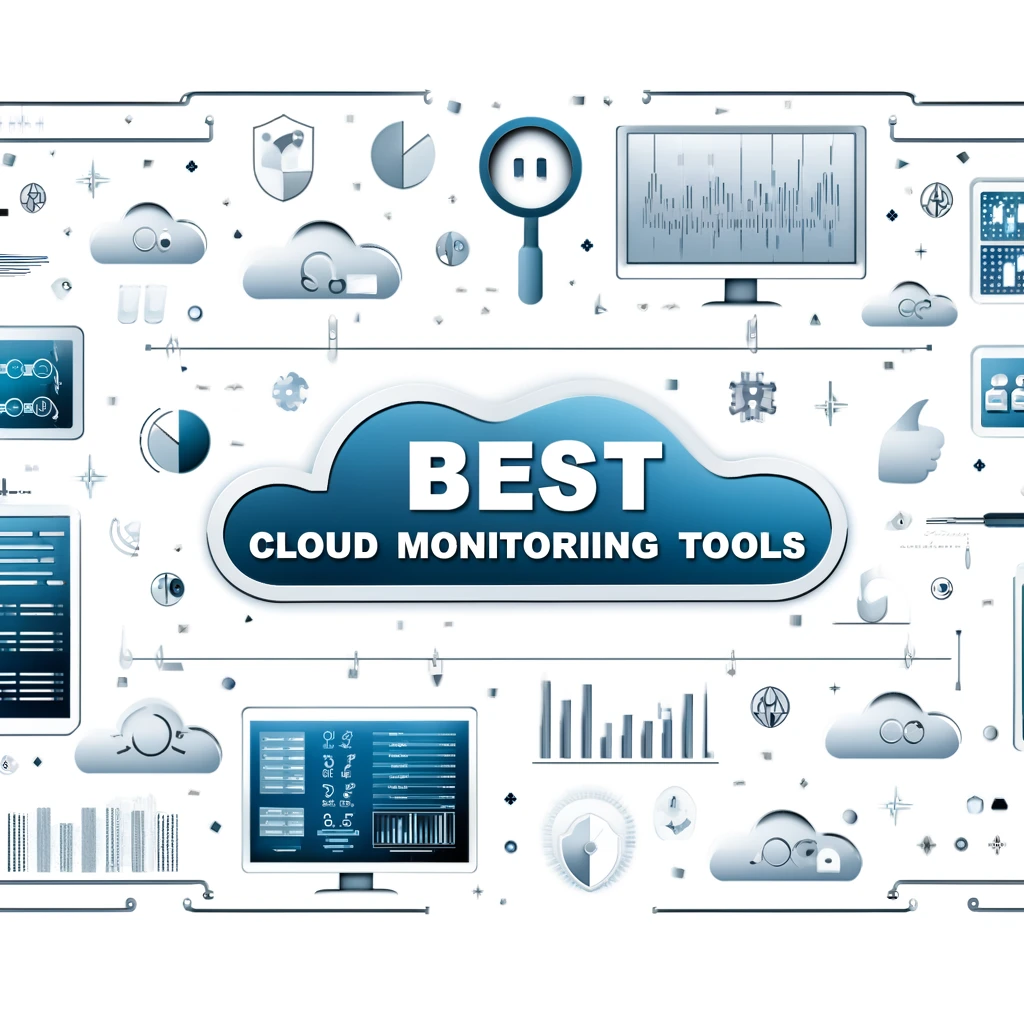
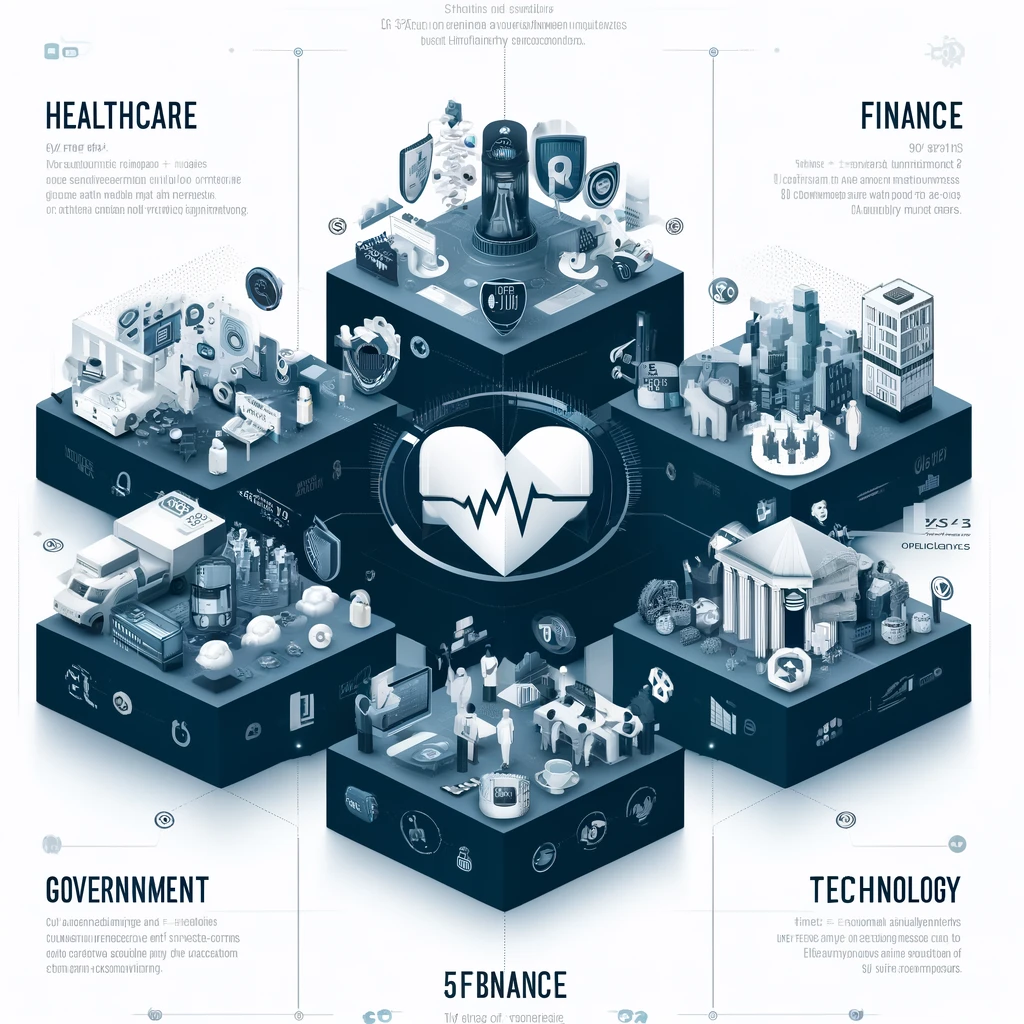

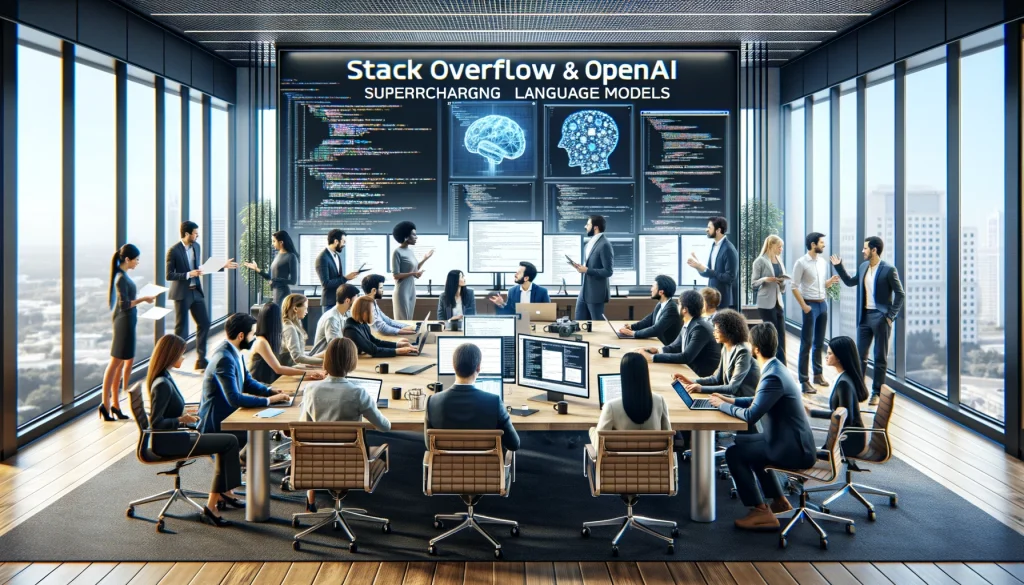

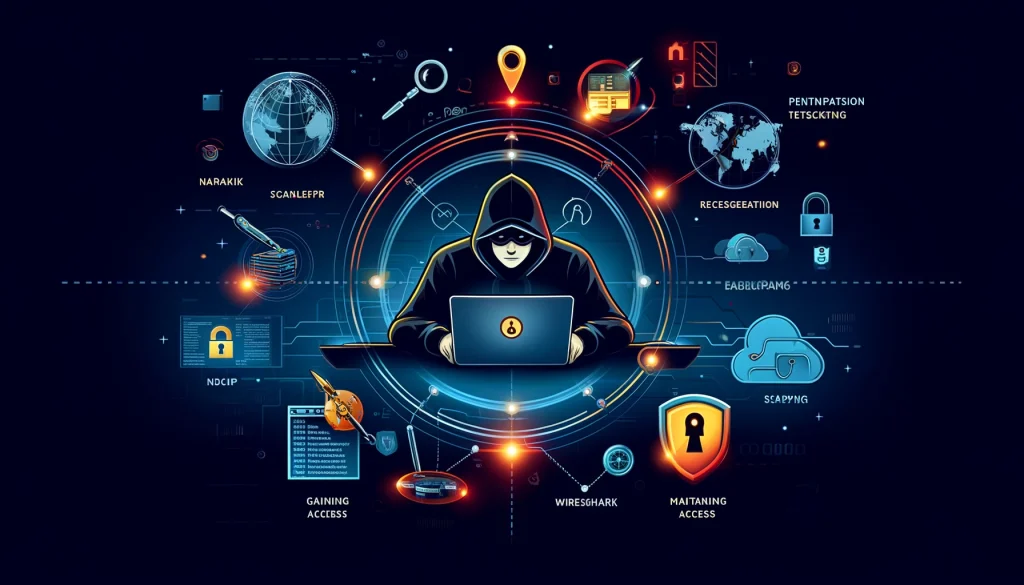

Pingback: Shifting Gears: The Rise of BEC and VEC Attacks in the Automotive Industry - Ethical Empire
Pingback: Beware! Phishing Attacks Targeting Azure Accounts - Ethical Empire
Pingback: What Does a Security Engineer Do? - Ethical Empire